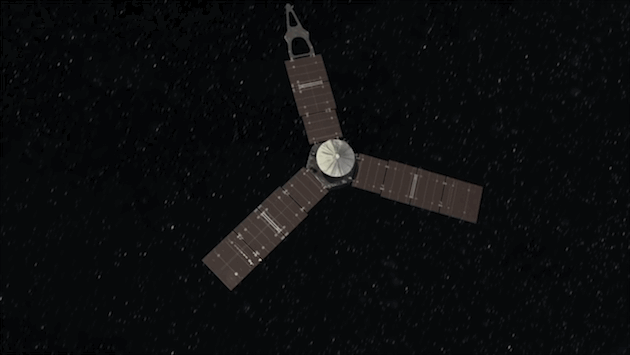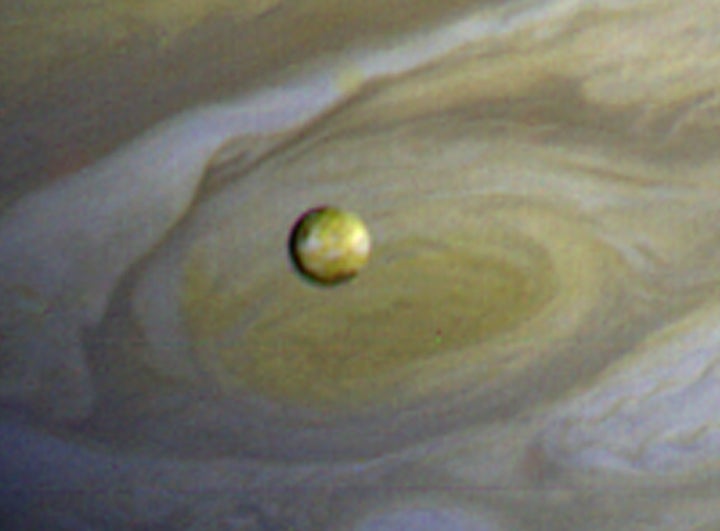It was a remarkable discovery that would redefine our understanding of space forever. On a crisp night in January 1610, Galileo Galilei spotted four bodies circling Jupiter. Up to that point, scientists had thought that everything else in the universe orbited Earth. But within a week, Galileo had completed his observations and reimagined our solar system.

More than 400 years later, a Lego Galileo has slipped into Jupiter's orbit on board NASA's Juno spacecraft. The miniature figurine is joined by Roman god Jupiter and his eponymous wife Juno. The tiny trio, which are made of space-grade aluminium, have been installed in the craft as part of an educational outreach program to inspire children to learn about science and technology.
Juno is now officially the farthest solar-powered spacecraft from Earth and will begin a two-year mission of discovery which will help scientists better understand one of the largest objects in our solar system.

Using Juno’s complex array of cameras and sensors the team hope to answer some long-awaited questions, including whether Jupiter actually has a solid core or if it really is just a swirling ball of gas.
The 1.7bn mile journey to the solar system’s largest planet lasted five years and cost $1.1bn (£850m). As Juno entered Jupiter’s orbit, Scott Bolton, principle investigator of the Juno mission, said: “We just did the hardest thing Nasa has ever done.”
Despite their aluminium structures, Galileo and co will never return. Juno is already beginning to break down. Over the next two years the craft will slowly disintegrate at the hands of Jupiter’s fierce radiation.
Meet Jupiter

Jupiter is a giant ball of gas that's 11 times wider than Earth and some 300 times more massive.
It takes 12 years for Jupiter to orbit the sun and yet rotates so quickly that a single day lasts just 10 hours.
In many ways Jupiter has its own small solar system. Its composition is very similar to that of a star: hydrogen and helium, while its sheer size means that it has four large moons (Io, Europa, Ganymede and Callisto) and over 60 smaller objects known to be in orbit.

While you can't normally see them, Jupiter also has a huge system of rings much like Saturn.
There is much however that we still don't know about Jupiter and so Juno's mission will be to ask just some of the questions that we still have such as:
- How did Jupiter form?
- How much water or oxygen is in Jupiter?
- What is the structure inside Jupiter?
- Does Jupiter rotate as a solid body, or is the rotating interior made up of concentric cylinders?
- Is there a solid core?

